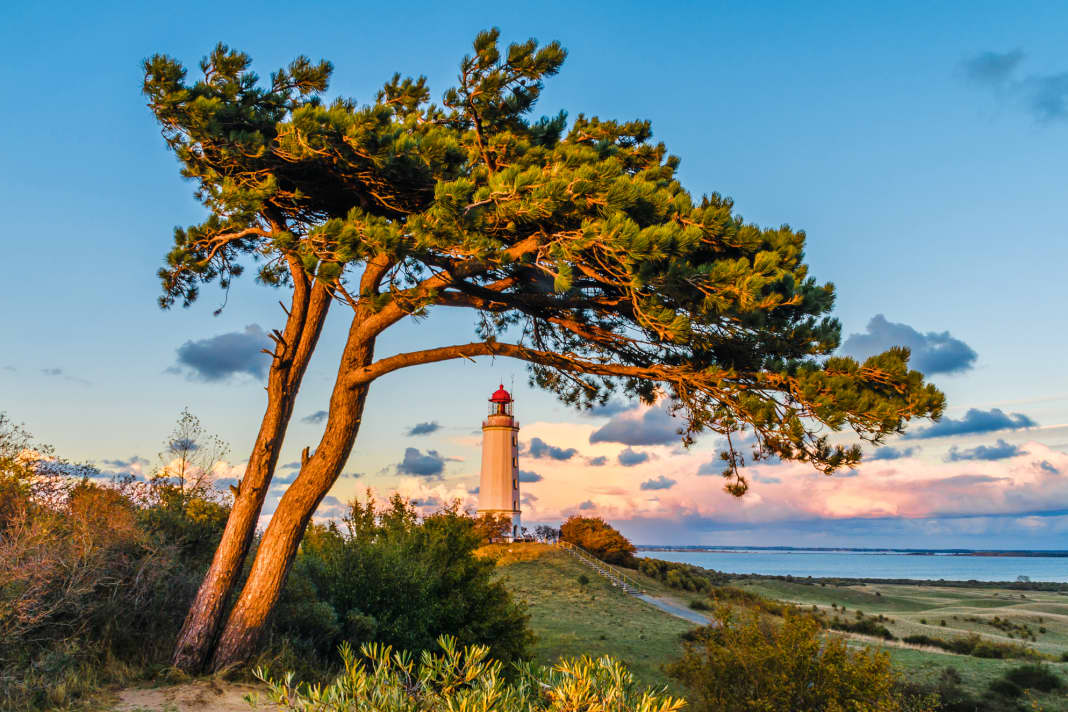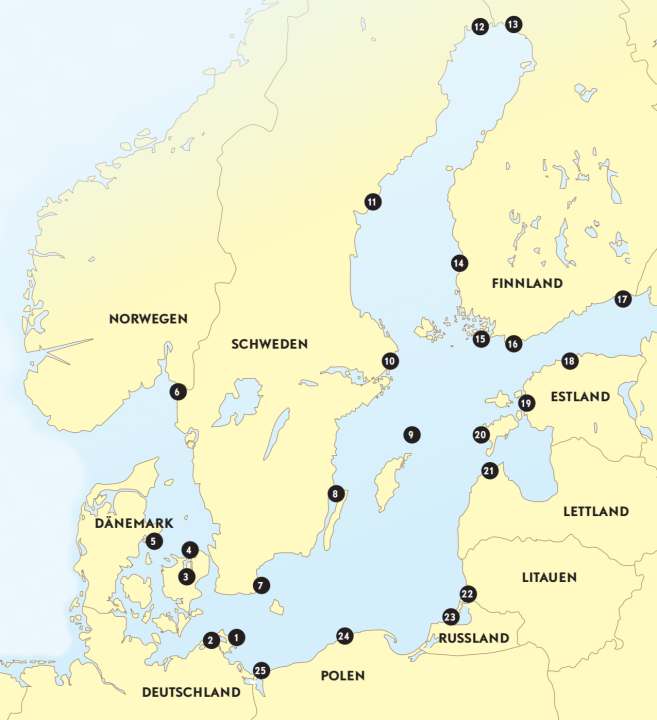Protecting flora and fauna: These national parks exist in the Baltic Sea region
Morten Strauch
· 08.06.2023






Whether archipelago gardens, chalk cliffs or a spit with a two-state solution, they all have one thing in common in addition to the protection of unique landscapes: there are no large-scale prohibited zones that completely exclude people. Rather, the aim - sometimes under strict conditions - is to preserve the experience of nature and thus promote an awareness of the environment and people's identity. Only those who know the treasures of nature are really prepared to commit themselves to them.
However, one thing distinguishes the existing national parks from the previous plans in Schleswig-Holstein They include marine areas as well as land, some of which are much larger than the water areas. For example, coastal forests or salt marshes, which are home to rare plants and birds. And there is another aspect that has not been taken into account in the plans for the Baltic Sea National Park in Schleswig-Holstein to date, even though it is the biggest problem facing the ailing Baltic Sea alongside global warming, namely pollution.
After all, what use are huge protected areas on the water if nutrients continue to enter the water due to over-fertilisation of arable land, leading to oxygen deficiency, the death of seagrass and the so-called dead zones? To date, there is not a single national park in the entire Baltic Sea that exclusively protects water areas. The question arises as to whether symbolic politics plays a greater role in Schleswig-Holstein than the actual benefits for nature.
Overview of the national parks in the Baltic Sea

- Jasmund, Germany
- Vorpommersche Boddenlandschaft, Germany
- Skjoldungernes Land, Denmark
- Kongernes Nordsjælland, Denmark
- Mols Bjerge, Denmark
- Kosterhavet, Sweden
- Stenshuvud, Sweden
- Blå Jungfruns, Sweden
- Gotska Sandön, Sweden
- Ängsö, Sweden
- Skuleskogen, Sweden
- Haparanda Archipelago, Sweden
- Bottenwiek, Finland
- Selkämeri, Finland
- Archipelago, Finland
- Ekenäs Archipelago, Finland
- Gulf of the East, Finland
- Lahemaa, Estonia
- Matsalu, Estonia
- Vilsandi, Estonia
- Slitere, Latvia
- Curonian Spit, Lithuania
- Curonian Spit, Russia
- Slowinski National Park, Poland
- Wolin, Poland
